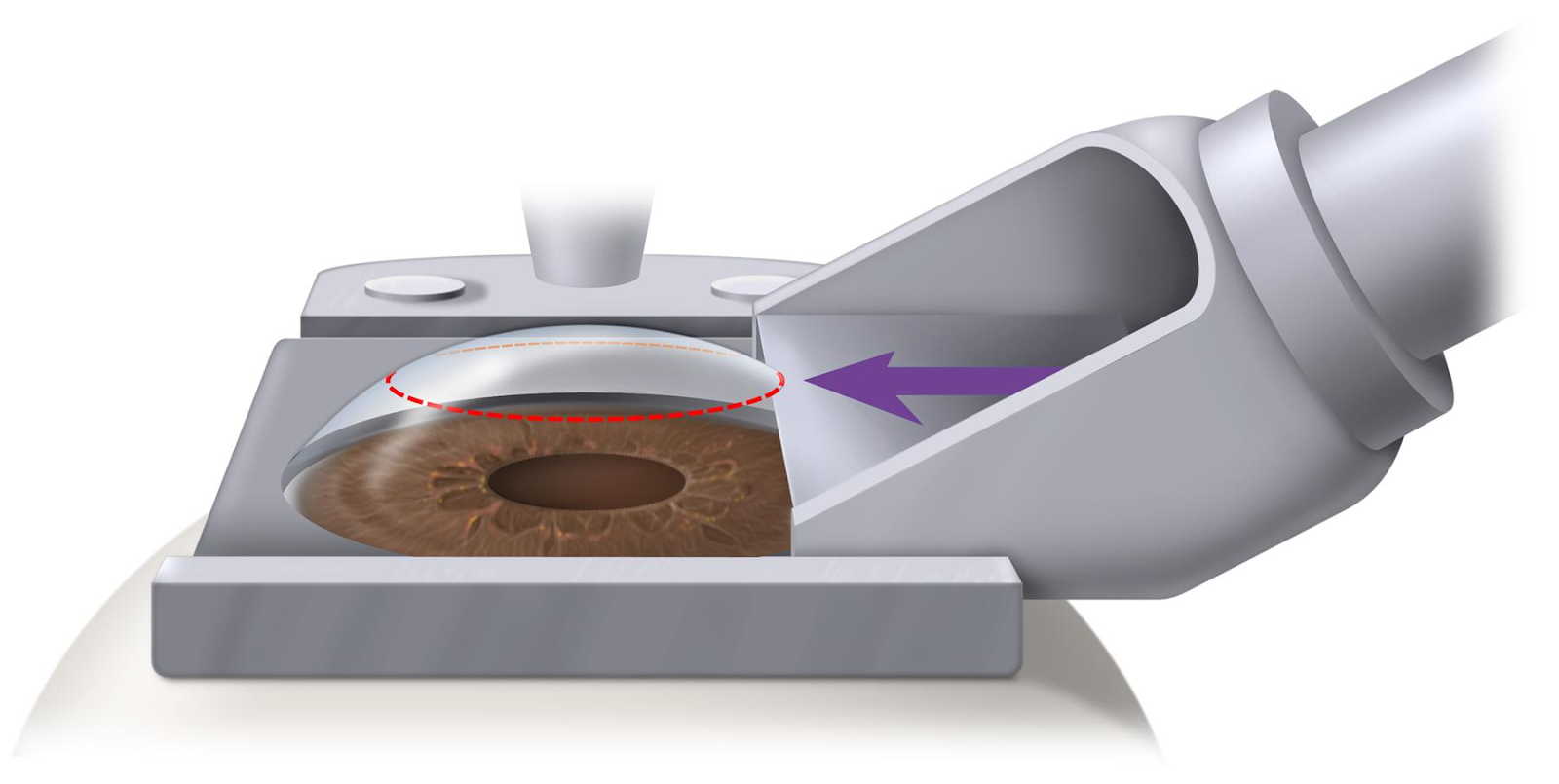Laser eye surgery, LASIK Pros, and Cons: Are the Risks Worth the Cost?
What is Lasik? LASIK is a refractive surgery that reshapes the eye’s cornea in order to correct vision and cure refractive abnormalities such as myopia (nearsightedness) and hyperopia (farsightedness). It’s one of the vision correction procedures that are available today. This permits light to bend appropriately on its route to focus on the retina, which is processed into nerve signals and finally translated into visual representations by the brain. LASIK is a laser vision correction that changes the shape of your cornea’s surface. Your doctor will use a laser to sculpt this layer precisely, and you may receive eye drops to numb them and take a small sedative for increased calm during the process. In rare situations, a shield may be placed over your eye to protect it from laser injury. The LASIK treatment is rapid and painless, lasting approximately 15 minutes per eye. Your LASIK surgeon will first examine your eyes to ensure they are in good enough condition for operation. This includes determining the shape and thickness of your cornea and your pupil size and refractive error. Furthermore, any illnesses or disorders that may have an impact on recovery from surgery will be evaluated. You can read more about LASIK surgery by visiting https://www.personaleyes.com.au/lasik Following an eye exam, your LASIK surgeon will make a small incision in your cornea to form a thin tissue flap. This flap is then unwrapped back, and the tissue beneath is reshaped using an excimer laser. Microkeratome LASIK is a computer-guided laser-guided treatment. This causes several tiny bubbles to grow on the cornea’s surface, causing a flap to form at the specific depth and diameter selected by the surgeon. Click here to read more about All You Need To Know About Laser Eye Surgery, Lasik. After the reshaping is finished, your LASIK surgeon restores and secures the corneal flap without the use of stitches. Your vision should start improving immediately; you may encounter blurry vision or hazy light at first, but these issues should go away shortly. What are the advantages and disadvantages of Lasik Surgery? Deciding to have LASIK surgery involves thought and consideration. Here’s what a professional ophthalmologist has to say to potential candidates. There are numerous reasons why patients seek LASIK surgery, such as to wake up in the morning and not go for your glasses or spend two minutes putting in contact lenses. Most people desire to enjoy their work and leisure activities while having a clear vision. However, the thought of having eye surgery — especially while awake — might be frightening. The technique, which includes creating a small flap in the cornea surface cells to reshape the cornea beneath it, is also not appropriate for everyone. Before you decide to undergo Lasik surgery, you need to know how much laser eye surgery costs. Others may object to the cost: The average cost per eye is around $2,200. Because LASIK is often not covered by insurance, some people may want to save and pay for it through a flexible spending account. Pro: LASIK eye surgery is rapid and painless As an outpatient treatment, LASIK may take about 20 minutes, most of that time spent preparing for surgery. Those who remain awake may be given Valium to help them relax. For safety and comfort, the laser is programmed to turn off whenever a patient’s eye makes rapid movements that could result in error or harm. Con: Not everyone qualifies Those considered inappropriate are frequently 40 and older. This is because they may have presbyopia, a condition in which the eye’s lens stiffens and impairs close-up vision (LASIK alters the cornea, not the lens). Another similar procedure known as photorefractive keratectomy, or PRK, may be better for those with high prescriptions or very thin corneas since they lack “enough remaining cornea to be structurally sound” for the flap-making involved in LASIK. Pro: Results are obtained promptly It doesn’t take long to get a good view. Patients who have had LASIK laser treatment will notice a difference within a few hours. By the next day, you’ve improved your vision significantly. The majority of typical activities can be resumed within 48 hours. Those who receive PRK, on the other hand, might expect a month of recuperation time and some slight pain owing to the removal of the corneal tissue. Con: There are some LASIK risks Although LASIK can cause dry eyes for up to three months (which can be treated with artificial tears), the chances of it becoming a permanent problem are extremely low. Another unusual side effect is glare or halos at night. The risk is significantly lower than it was previously, and the technology is far superior. The treatment zone is now much larger, covering the entire cornea. Pro: You can live without glasses or contact lenses Whether they opt for LASIK or PRK, many patients see the procedure as life-changing, allowing them to participate in previously impossible activities due to poor vision. For most people, something changes or pushes them to seek surgery. They discover they are tired of using contacts due to dry weather or wish to ride their bicycle with no glasses. Con: The flaps might be harmed Because the flaps formed during LASIK are not secure, patients should avoid rubbing their eyes while they recover. Any damage to a flap (such as getting pricked by a tree limb or fingernail) could dislodge it. If such contact occurs, see your eye doctor right away. Because PRK does not develop flaps, those patients are not in danger. Athletes and active people may choose that choice in order to perform at their best. Pro: Your vision will be substantially improved Recipients of LASIK can regain 20/20 eyesight. However, don’t anticipate superhuman vision. That picture may differ for people with greater prescriptions. The chances of attaining a 20/20 are around 20% to 30%. However, you have a very excellent probability of functioning without glasses. Con: There is a chance you will require LASIK laser eye treatment again Again, those
Laser eye surgery, LASIK Pros, and Cons: Are the Risks Worth the Cost? Read Post »


